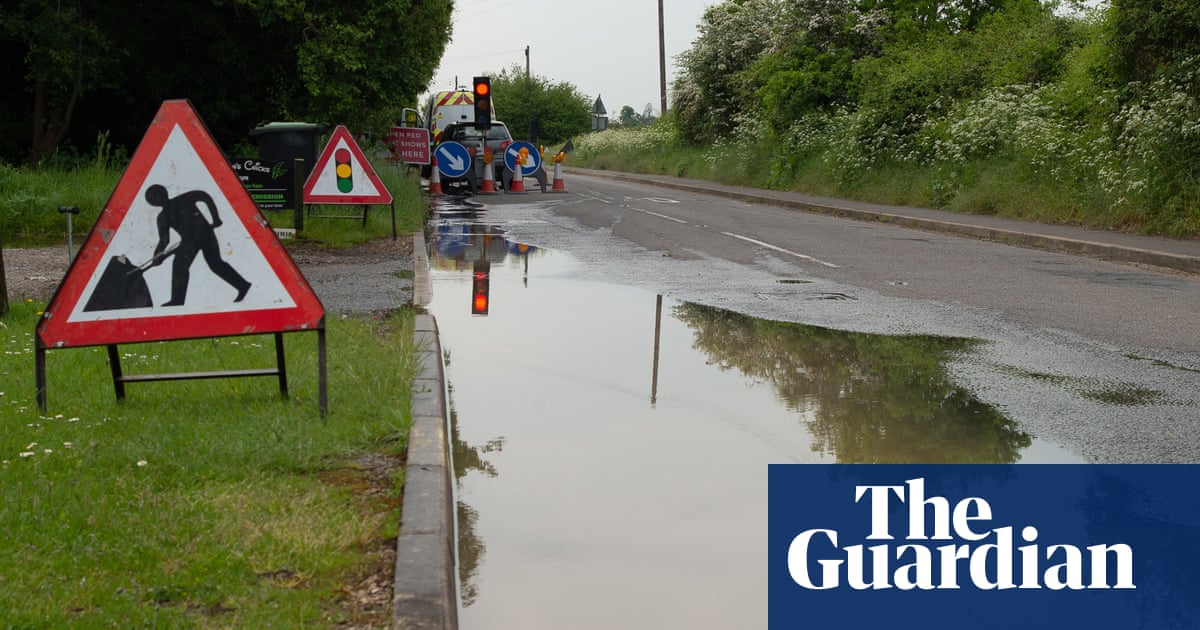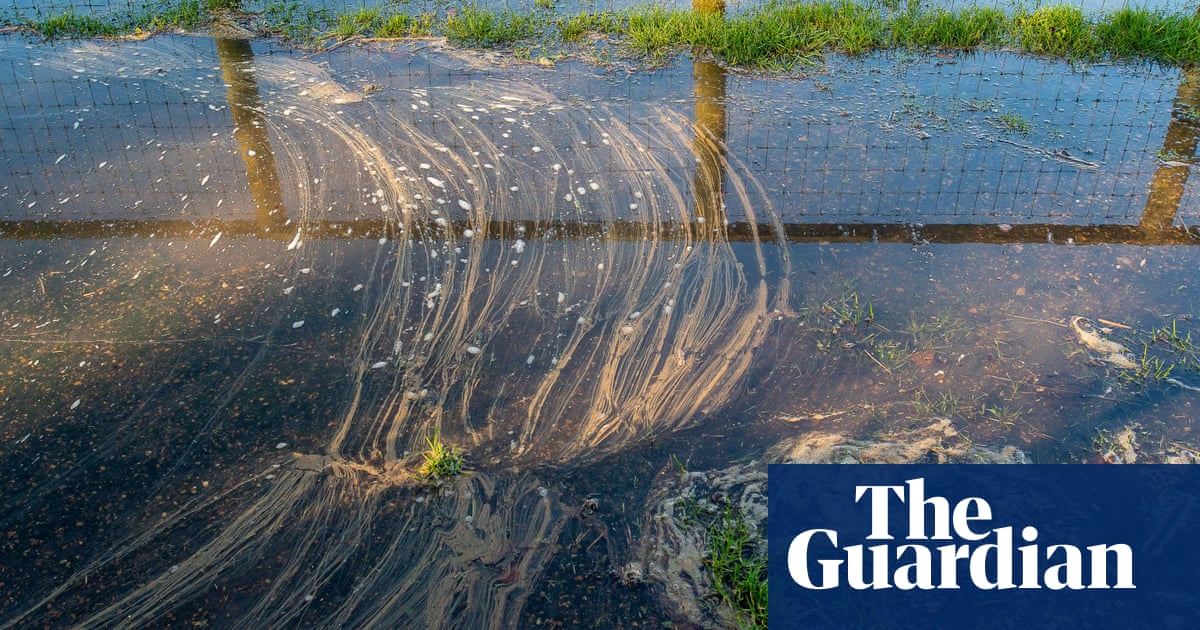
The leakage rate from Thames Water pipes is the highest for five years and the company will not meet its target to plug them this year, according to information released under freedom of information laws.
The company, which serves 15 million customers across London and Thames Valley, has to have regular meetings with an environment minister because it is considered to be lagging in its performance.
Details of letters released under freedom of information laws between the chief executive, Sarah Bentley, and Rebecca Pow, an environment minister, reveal that Thames is not fixing its leaks as it has promised.
Bentley told Pow: “Right now, we have the highest leakage rate since 2018. Consequently, we have already signalled to Ofwat that we are behind on our 2022/23 leakage performance and our target this year will now be very challenging to achieve.
“As annual leakage targets are based on a three-year rolling average, the impact of this year will be felt, not just this year but for the next two years’ performance.”
Thames is proposing controversial measures to tackle drought in the future, including a “recycling” scheme in which up to 100m litres of treated sewage from the Mogden sewage works will be pumped into the River Thames at Teddington, south-west London, every day. This will replace 100m litres abstracted from the Thames to tackle water shortages.
The project raises environmental concerns including increased water temperatures and a change in the salinity of the river, which will affect fish and biodiversity.
It also involves digging three to four 10.5-metre shafts within a protected nature reserve, Ham Lands, a site of importance for nature conservation (SINC), according to Thames documents.
The company is also proposing to transport 155m litres of water a day from Wales, in another sensitive policy to try to tackle water shortages in London and the south-east.
But its failure to fix its own leaks – which are estimated to be 630m litres a day – is likely to make it more difficult for Thames to get approval for these proposals in its draft water resources management plan.
Bentley blamed the hot, dry weather last summer, followed by a wet winter, for exacerbating leaks from the network and from customers’ homes.
“The hot and dry summer created an unprecedented ‘soil moisture deficit’, with ground drying out and causing leaks in our pipes and customers’ pipes,” she said. “It also led to large increases in demand from our customers [in some areas and at sometimes up to 50% more during the summer]. This drove up ‘unmeasured consumption’ and the need for us to pump more water through our pipes at higher pressure to satisfy demand that in turn also led to more leaks from our pipes.
“The re-wetting of the ground later in the autumn then caused further movement and more leaks in our pipes and customers’ pipes. More recently, the freezing temperatures before Christmas, followed by a speedy thaw, has resulted in a new surge of leaks – both on our water supply network and on our customer’s pipes.”
Thames, like other water companies, has a target to cut its leaks by 50% by 2050. But the Environment Agency has called for the company to increase this target. The EA says the company needs to do more to tackle leaks before suggesting schemes including the Teddington water recycling plan and the transport of water from Wales.
It has said the security of water supply to the south-east and London will be at risk if the company does not tackle its leaks and reduce customer demand for water.
Bentley told Pow in her letter dated January this year that Thames was running a £1m communications campaign to highlight the challenges “we all face” and educate customers on what they can do to help make sure there is enough water for everyone.
The government has set a target of reducing individual daily water use from about 144 litres a day to 110 litres a day by 2050.
On its website, Thames Water admits it is not acceptable that so much water is being lost. It said it is doing all that is reasonably practical to reduce leakage but it will miss its 22/23 target, and that will affect future years. However, the company is working to improve its “leakage transformation plan”.
A Defra spokesperson said: “We have been very clear to water companies that we expect them to deliver on their commitments – including targets to reduce leakage by 30% by 2032.
“The government is taking a number of actions to improve water supply through our Plan for Water, as well as taking action to clean up our water through more investment, stronger regulation and tougher enforcement.”
This article was amended on 22 June 2023 to clarify that the 100m litres of treated sewage from the Mogden sewage works that would be pumped into the River Thames would be every day.












